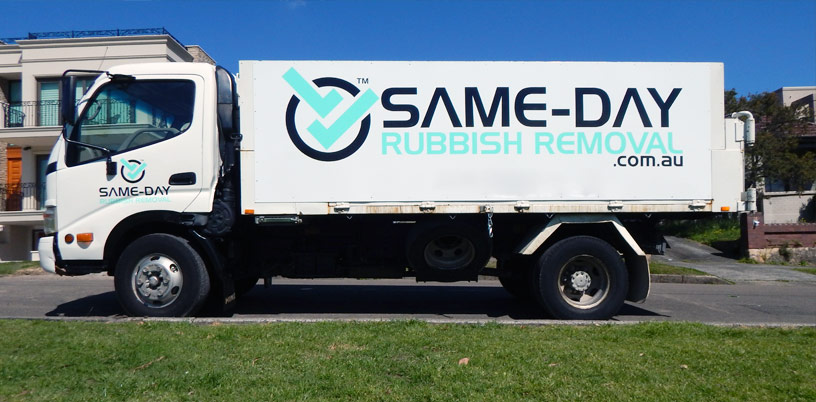Picking The Ideal Dumpster Size For Your Task: A Thorough Overview
Picking The Ideal Dumpster Size For Your Task: A Thorough Overview
Blog Article
Content Composed By-Ellington Snider
When embarking on a task that calls for a dumpster, the size you choose can substantially influence its performance and cost-effectiveness. Picture having the perfect container that fits all your waste without being exceedingly large or too small. Everything beginnings with recognizing the subtleties of your project and choosing a dumpster dimension that aligns with your certain demands. So, before renta de dumpster cerca de mi decide, consider the aspects at play to guarantee a smooth waste administration process from start to finish.
Aspects to Think about
When choosing the right dumpster size, there are numerous crucial variables to think about.
First, consider the sort of waste you'll be dealing with. Different products might require varying amounts of room, so comprehending what you'll be putting in the dumpster is critical.
Next, evaluate the amount of waste you anticipate to create. If you underestimate the volume, you might need to make several trips to throw away everything, which can be troublesome and costly. On the other hand, renting out a dumpster that's also huge can result in unneeded expenses.
In addition, take into consideration the room where the dumpster will certainly be placed. Make sure there suffices space for the dumpster to be supplied and grabbed with no blockages.
Finally, think of any type of weight limitations that may apply. Surpassing the weight limit can lead to additional charges and even the refusal of service.
Dumpster Dimension Options
For choosing the right dumpster size, it's important to have a good understanding of the readily available options. Dumpster dimensions normally vary from 10 to 40 cubic backyards, with variants in between.
A 10-yard dumpster appropriates for little projects like a garage cleanout or a little remodelling. If you're dealing with a medium-sized task such as a cooking area remodel or a basement cleanout, a 20-yard dumpster might be the right choice.
For helpful site like a whole-house renovation or commercial building, a 30 or 40-yard dumpster could be preferable to accommodate the volume of waste generated.
When deciding on a dumpster dimension, take into consideration the amount and kind of debris you expect to throw away. It's far better to choose a slightly bigger size if you're not sure to stop overfilling. Bear in mind, it's more cost-effective to rent out a dumpster that fits your requirements instead of having to buy an additional one.
Matching Dimension to Job
Efficiently matching the dumpster size to your task is vital for efficient waste monitoring. To identify the ideal dimension, take into consideration the range and nature of your task.
For tiny household cleanouts or restorations, a 10-yard dumpster might be sufficient. These are typically 12 feet long and can hold around 4 pickup lots of waste.
For larger projects like renovating multiple rooms or clearing out a big estate, a 20-yard dumpster could be preferable. These are around 22 feet long and can hold around 8 pickup lots.
If you're taking on a significant construction project or commercial improvement, a 30-yard dumpster could be the most effective fit. These dumpsters are about 22 feet long and can suit concerning 12 pickup lots of debris.
Matching the dumpster size to your job ensures you have enough room for all waste products without overpaying for unused capacity.
Conclusion
Finally, selecting the appropriate dumpster size for your task is important for effective waste disposal. By taking into consideration variables like the type and amount of waste, room availability, weight limitations, and budget plan restraints, you can ensure you have the proper size dumpster for your requirements. Make certain to match the dimension of the dumpster to the scope and nature of your task to stay clear of overspending on unneeded costs.
